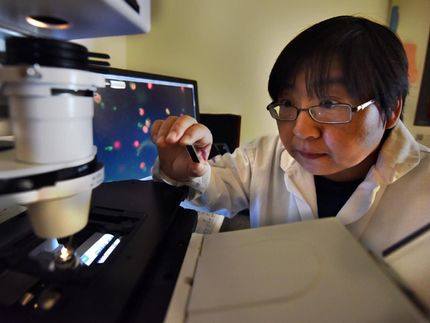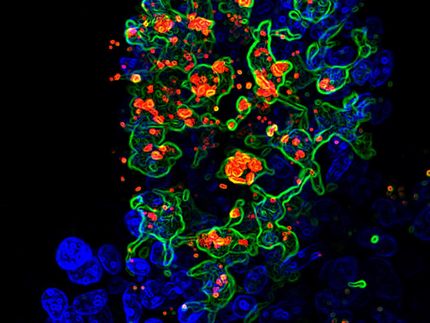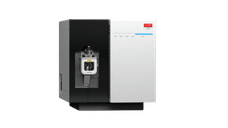NIH funds Einstein center to target HIV-related brain disease
Advertisement
The National Institute on drug abuse of the National Institutes of Health has awarded a three-year, $3-million grant to Albert Einstein College of medicine of Yeshiva University to establish a research center to study the neurological complications that afflict people infected with HIV, the virus that causes AIDS.
Despite the effectiveness of antiretroviral therapy for HIV, neurological complications associated with HIV infection—including cognitive, behavioral, and motor abnormalities — have become more common as infected individuals live longer.
"More than a quarter of those infected with HIV exhibit some form of cognitive impairment," says Ruth Hogue Angeletti, Ph.D., professor of developmental & molecular biology and of biochemistry at Einstein, who will direct the Einstein Proteomics Research Center for HIV-Associated Neurological Disorders and Substance Abuse. "By the time HIV-infected people have progressed to AIDS, more than half display significant neurological deficits."
This new proteomics center will use powerful mass spectrometers to identify the brain proteins responsible for neurological complications in people infected with HIV — particularly those who are also addicted to drugs. Proteomics is the branch of molecular biology that studies the set of proteins expressed by the genes of an organism.
HIV's neurological complications (commonly referred to as neuro-AIDS) primarily stem from toxic proteins produced by immune cells called monocytes, which recruit HIV into the central nervous system. Neuro-AIDS can lead to AIDS dementia complex, HIV-related encephalitis, and fungal and parasitic infections. The Einstein Proteomics Research Center will investigate the mechanism by which HIV infection causes neurological deficits and identify biomarkers that signal when these deficits begin and how they progress over time.
"The biomarkers identified by this new center should permit the early detection of neurological disease in HIV-infected individuals," says co-principal investigator Harris Goldstein, M.D., director of the Einstein-Montefiore Center for AIDS Research and professor of pediatrics and of microbiology & immunology at Einstein.
"We have developed a unique transgenic HIV mouse model that displays some features of neuro-AIDS," Dr. Goldstein notes. "By studying this mouse model in the proteomics center, we'll be able to determine how HIV infection influences the proteins expressed in the brain. These results may help us to pinpoint new therapeutic targets for preventing the progression of this devastating consequence of HIV infection."
Several studies of autopsy tissue show that the destructive neuro-AIDS process is worsened by drug abuse, particularly the use of opioids such as heroin. Unfortunately, the combination of HIV infection and drug addiction is all too common. In New York City, for example, more than half of all AIDS cases result directly or indirectly from injection drug use.
Each of the center's projects will evaluate the neurological effects of buprenorphine—a new, less-addictive alternative to methadone. Compared with methadone, buprenorphine can be given at higher doses with fewer adverse effects. But it could conceivably contribute to neurological problems when used by drugs addicts who are infected with HIV.
Other news from the department science
These products might interest you
Most read news
More news from our other portals
See the theme worlds for related content
Topic World Mass Spectrometry
Mass spectrometry enables us to detect and identify molecules and reveal their structure. Whether in chemistry, biochemistry or forensics - mass spectrometry opens up unexpected insights into the composition of our world. Immerse yourself in the fascinating world of mass spectrometry!

Topic World Mass Spectrometry
Mass spectrometry enables us to detect and identify molecules and reveal their structure. Whether in chemistry, biochemistry or forensics - mass spectrometry opens up unexpected insights into the composition of our world. Immerse yourself in the fascinating world of mass spectrometry!






























































